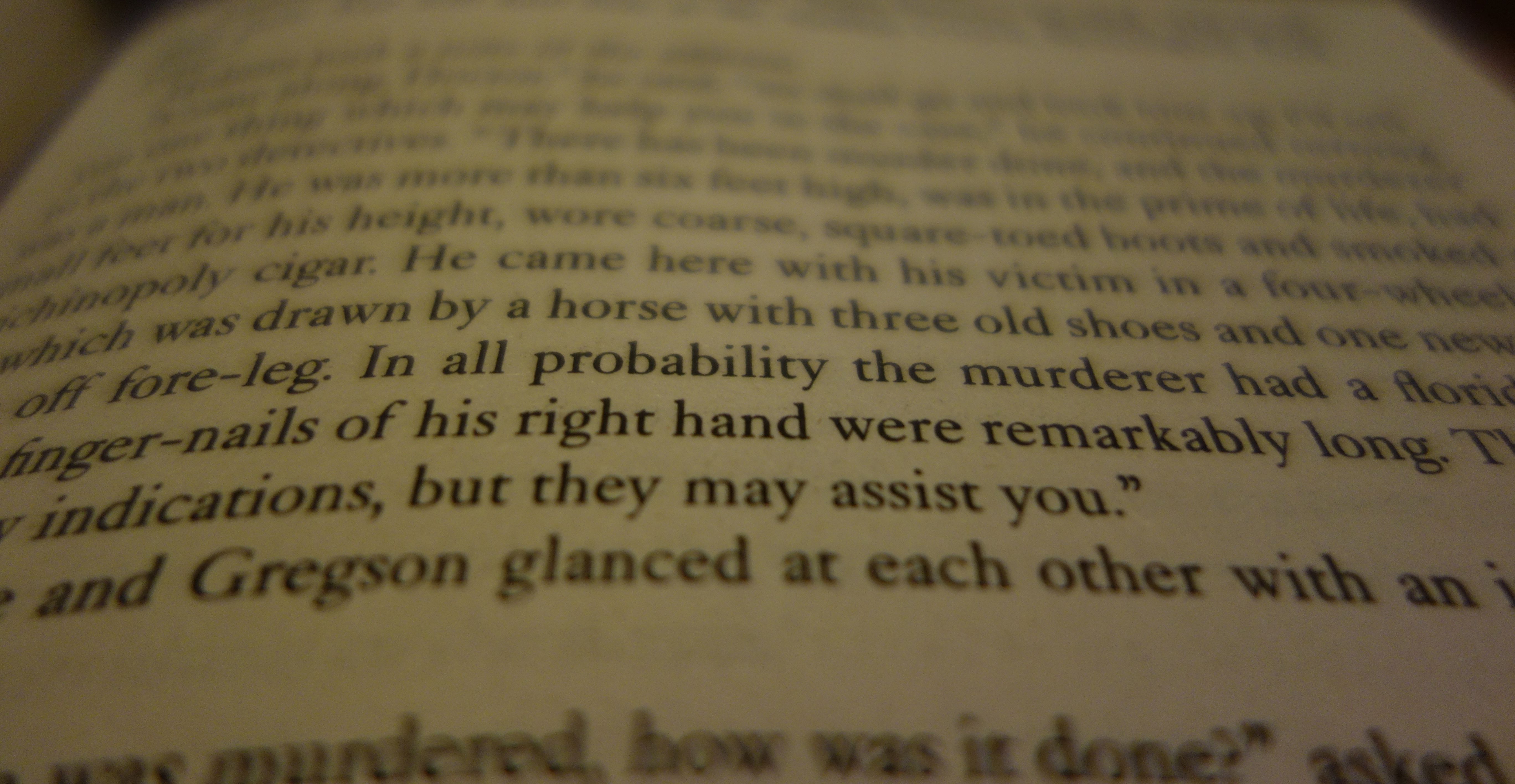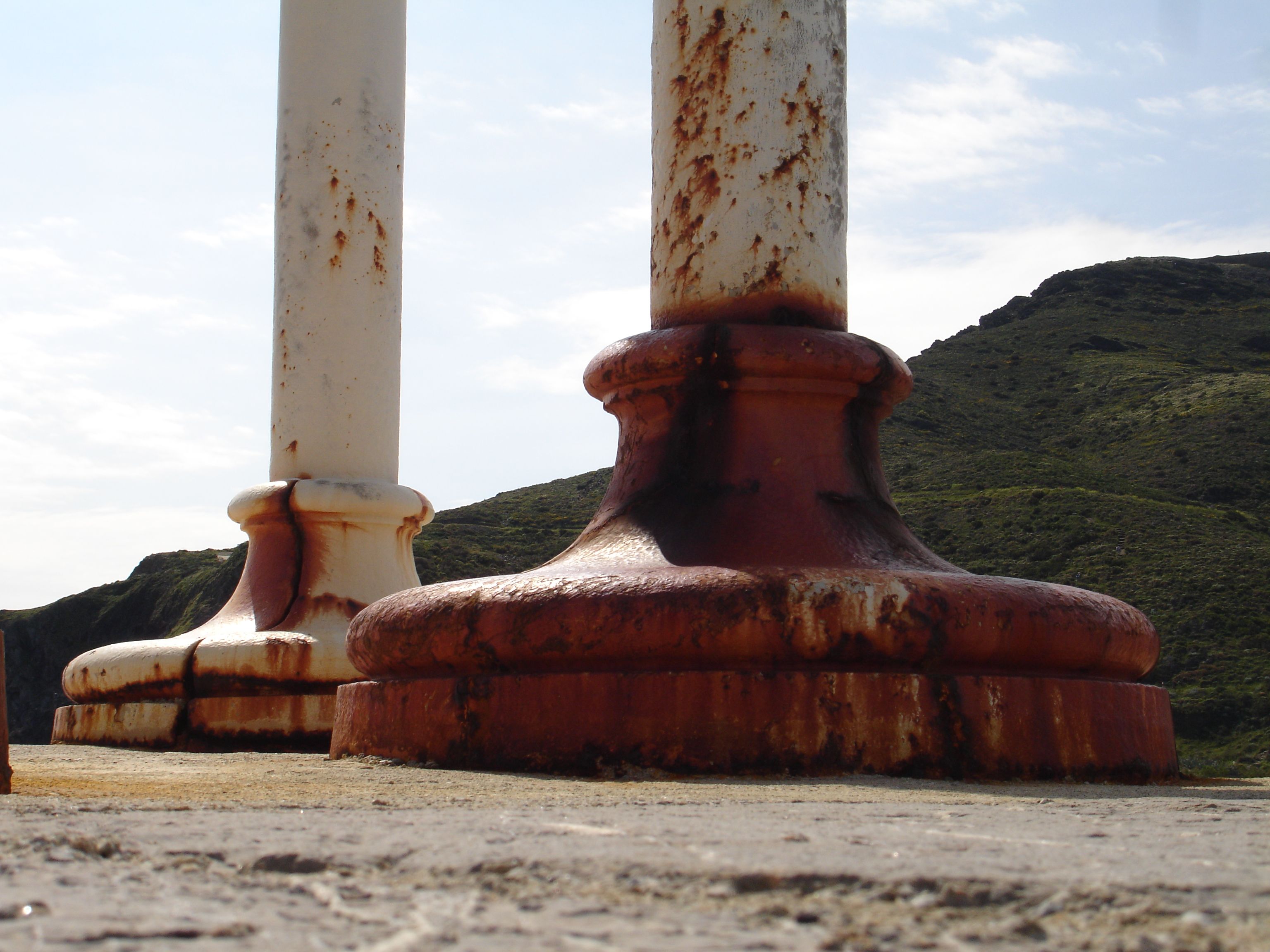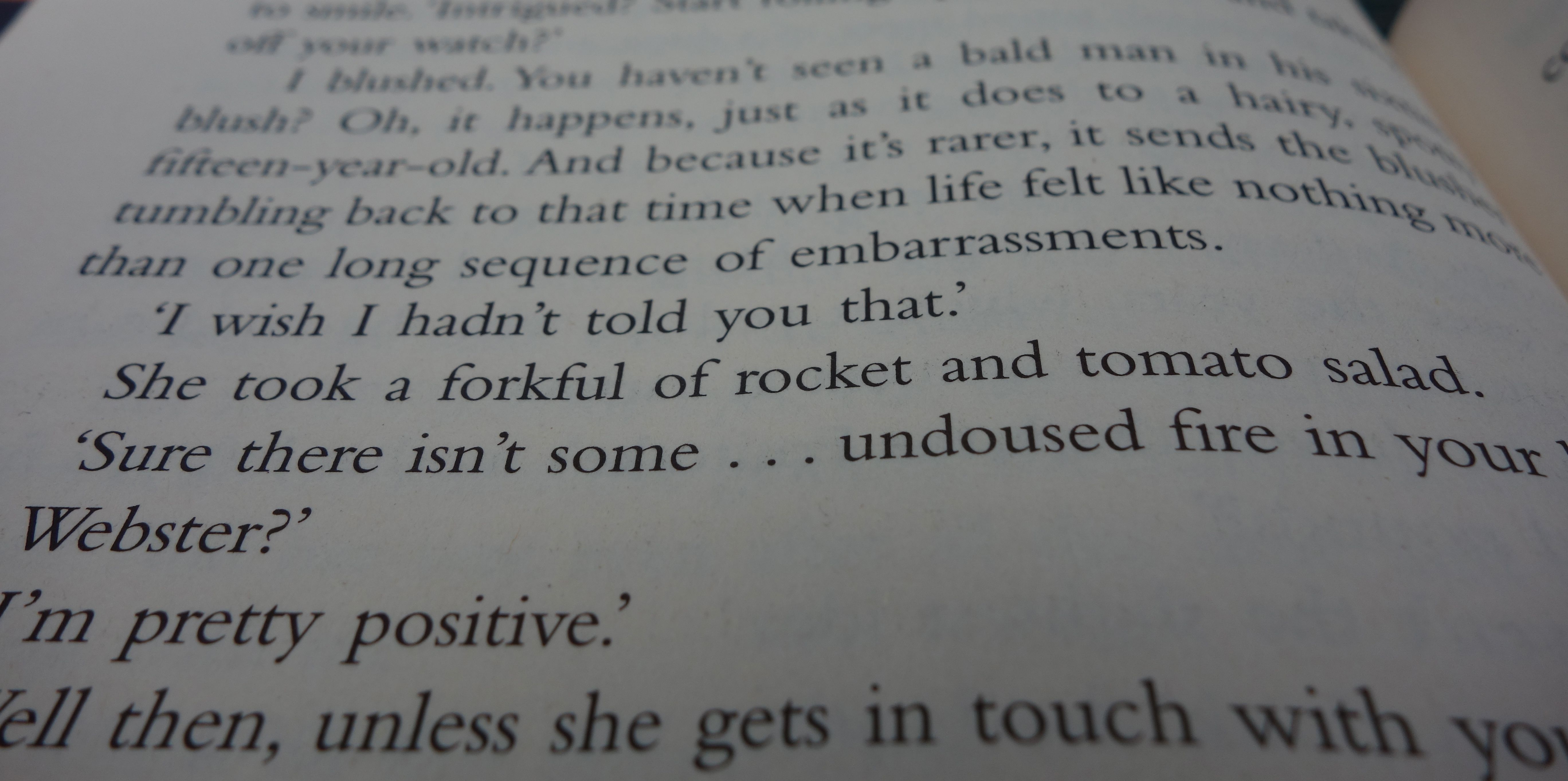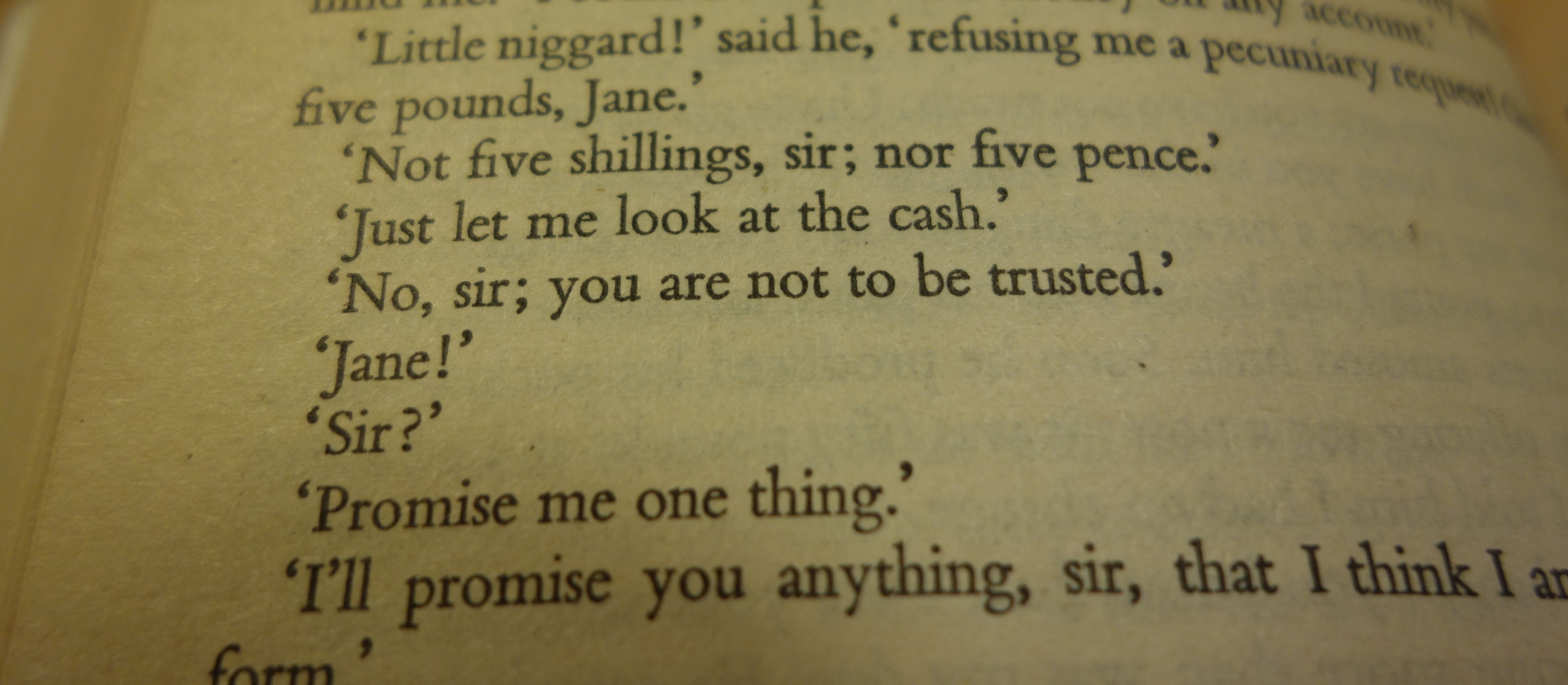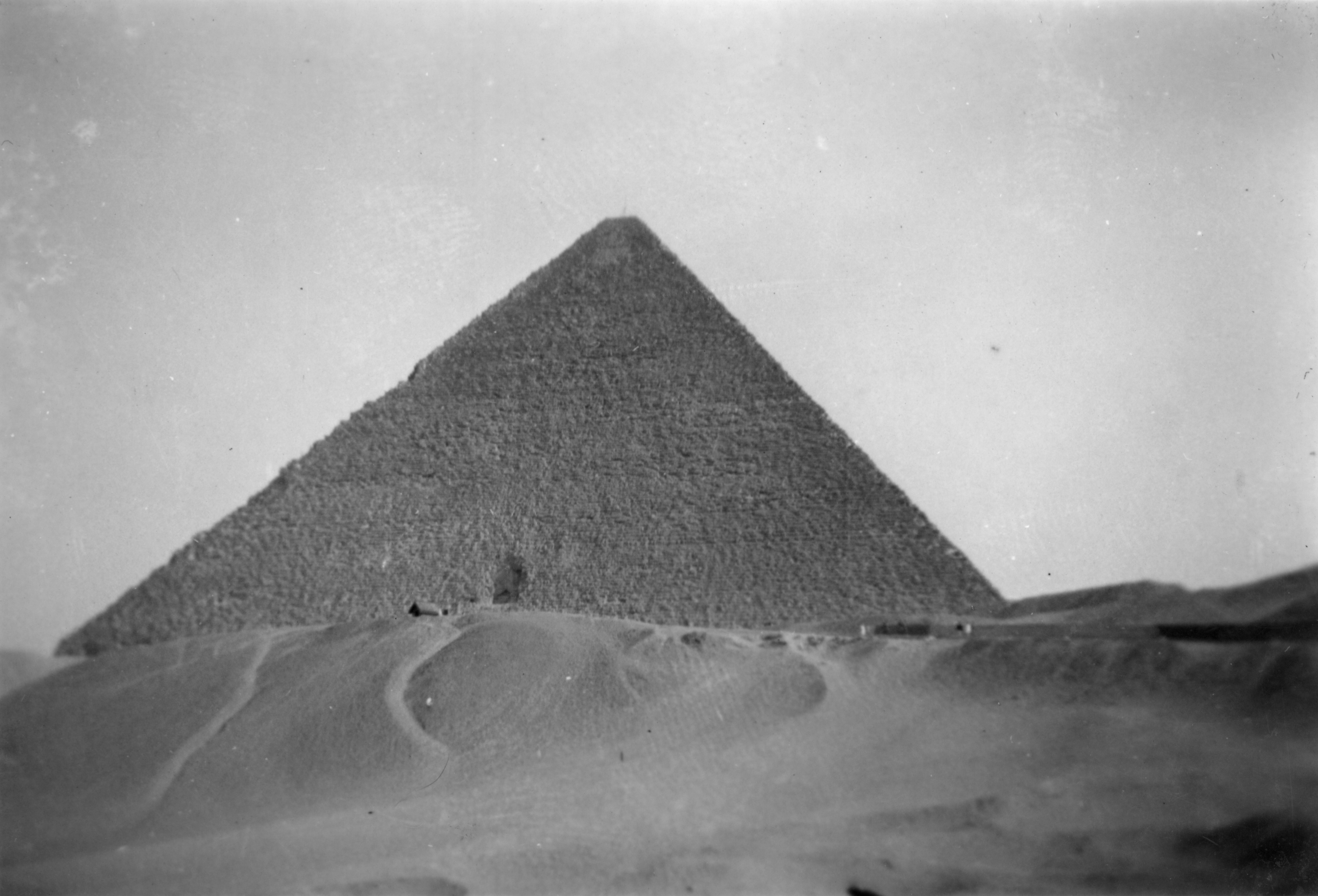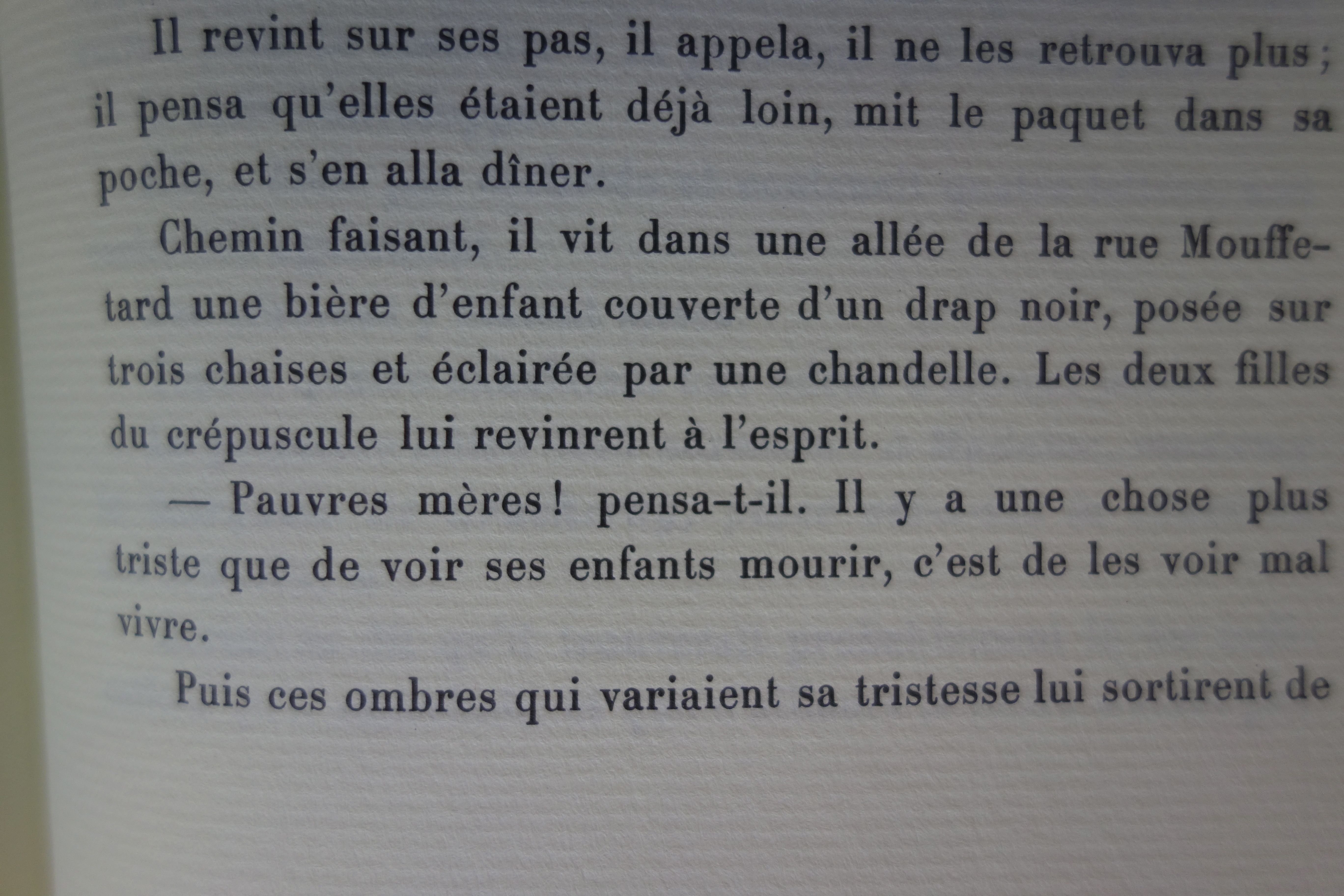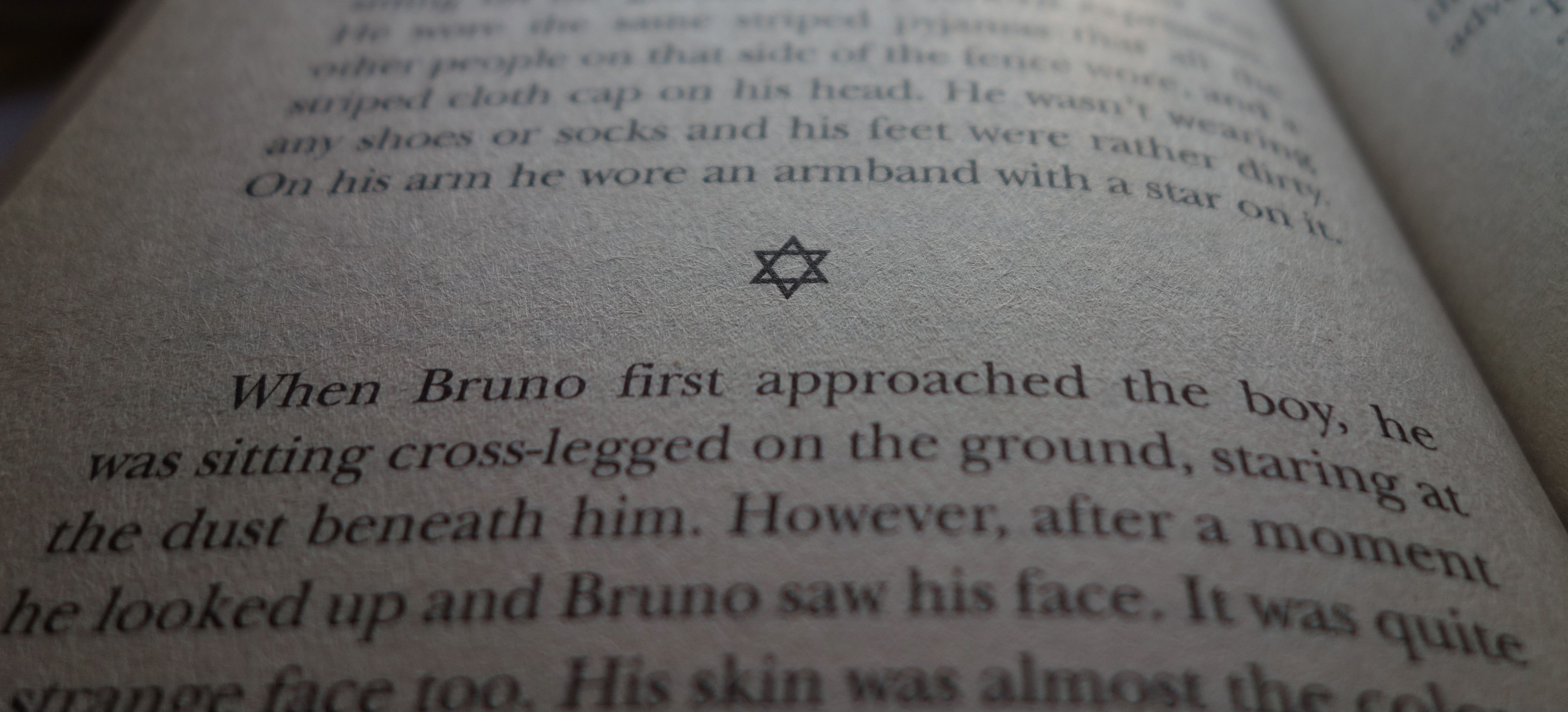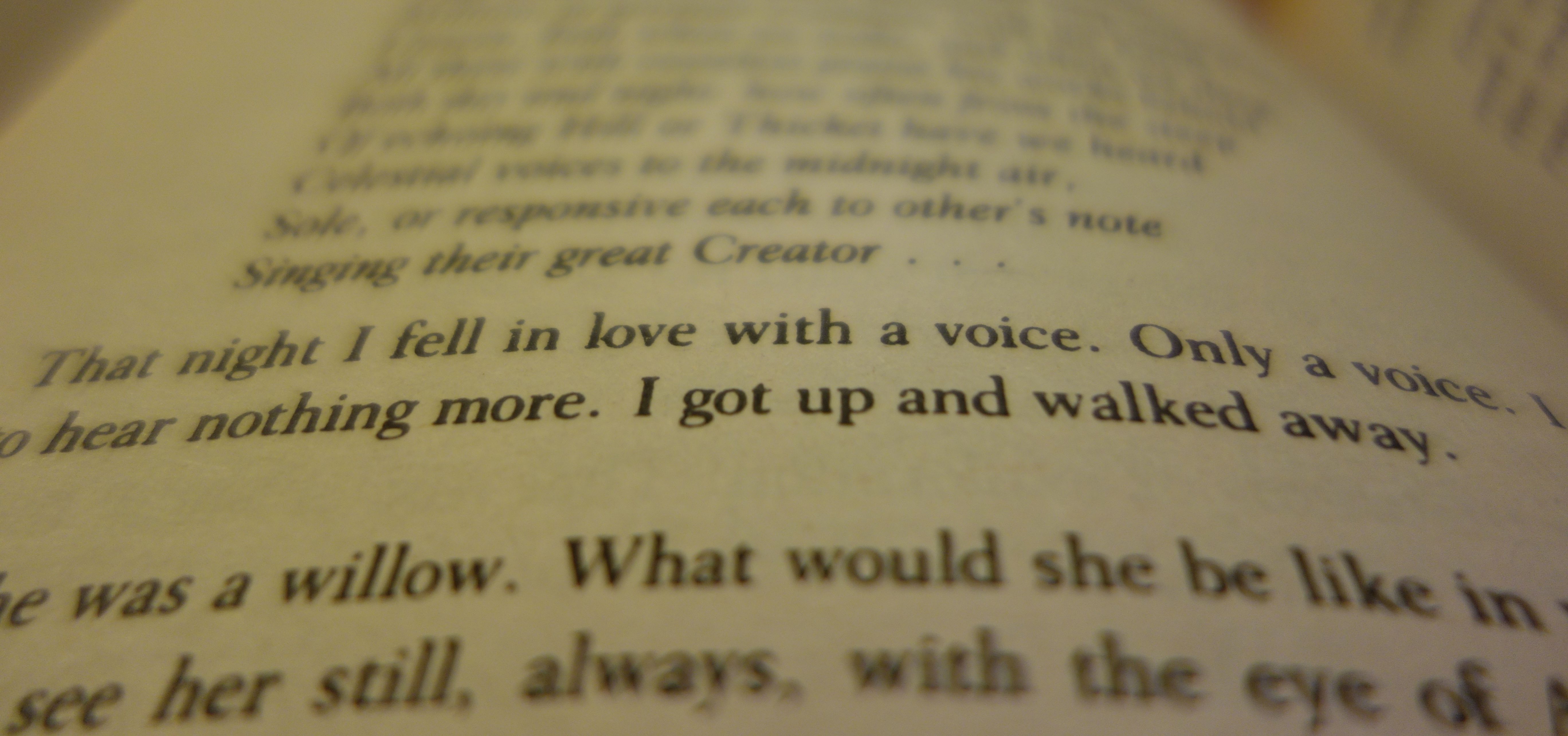Arthur Conan Doyle’s A Study in Scarlet is the first of his novels about the fictional detective Sherlock Holmes and his partner Dr Watson. I turned to the physical centre of the book to find its change of direction, and came across a long paragraph describing a Mormon caravan of wagons, horses, walkers, and toddlers, all making their way towards the West of the great North American Continent. The Mormons are a source of some major players in the story.
However, the novel has two parts, and I found at the centres of Part I and Part II the kind of mysterious statements that urge the reader to read on and discover how Sherlock solves the crime.
Halfway through Part I, a shonky detective, Lestrade, believes a murderer has written part of the name Rachel on the wall, in blood. But Sherlock’s logical reasoning produces a different theory on how the man was murdered:
“Poison,” said Sherlock Holmes curtly, and strode off. “One other thing, Lestrade,” he added, turning round at the door: “‘Rache,’ is the German for ‘revenge’; so don’t lose your time looking for Miss Rachel.”
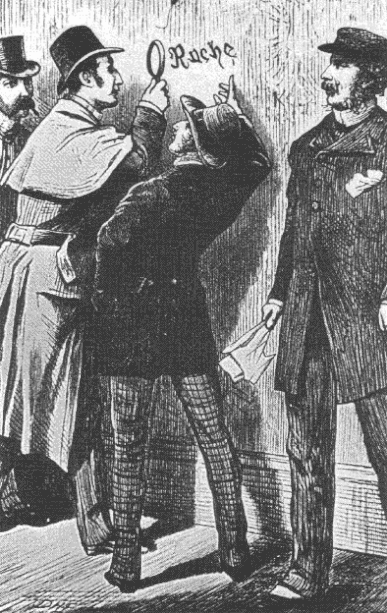
Part II next time . . .
*****

